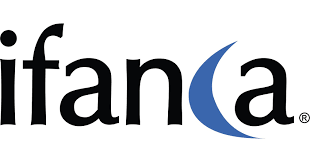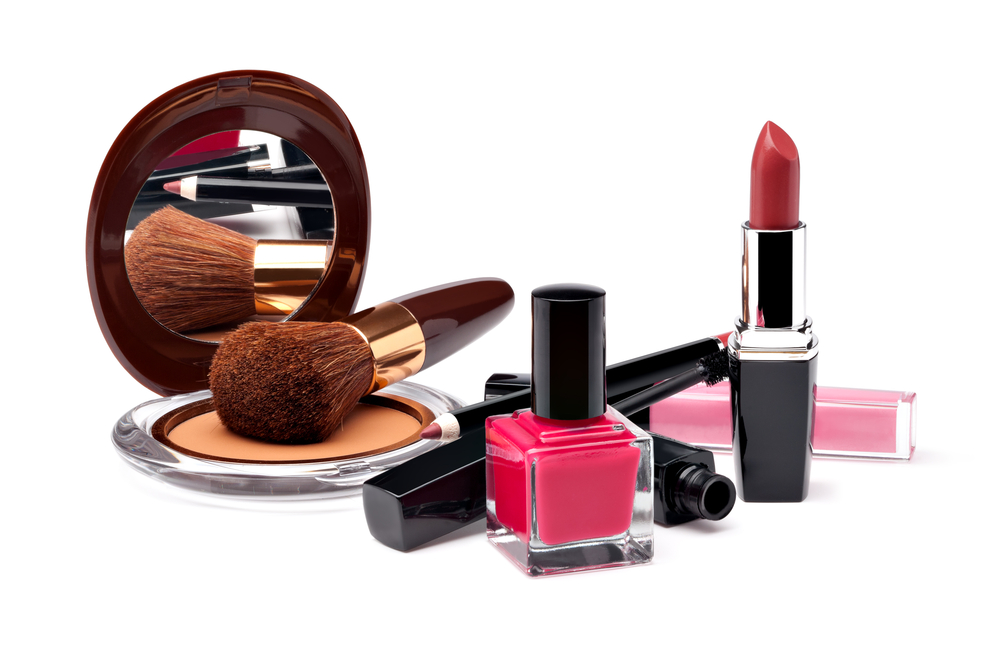
Southeast Asia’s $1 bln halal cosmetics opportunity
| YOUR PAIN POINTS ADDRESSED | ASK YOURSELF | |
|
You are a cosmetics manufacturer seeking to produce halal-certified products targeting Muslims in Southeast Asia. How attractive is the opportunity? |
How attractive is the halal cosmetics market in Southeast Asia? |
What is the size and growth trajectory of the halal cosmetics sector in Southeast Asia? |
|
What advantages do Southeast Asian countries have that could enable halal cosmetics to succeed on a global scale? |
||
| Which are some of the major players in the Southeast Asian halal cosmetics market? | ||
The Southeast Asia halal cosmetics market is currently valued at $ 945.8 million and forecast to reach $1.03 billion by the end of 2016, estimates market research company Future Market Insights (FMI). The region's large Muslim population and high awareness about halal products has been driving demand, with compound annual growth rate (CAGR) of 10.2 percent forecast between 2015 and 2020, according to FMI. By comparison, non-halal cosmetics sales are forecast at a CAGR of just 3-4 percent over the same period.
“Over the past decade people have become more aware about halal, and have better access to information through the Internet, while the [growth of the] Islamic Economy is enabling more choice. Previously, nearly all cosmetics were brand names from Europe and Japan but today there are good [Southeast] Asian halal brands,” said Fazil Marican, founder of Singapore-based consultancy firm SimplyHalal.
Indicative of consumer demand for halal cosmetics, Southeast Asia accounts for 61.2 percent of the total halal cosmetics market in Asia. This figure is particularly revealing given the area's population size versus the Muslim populations of India, Bangladesh and Pakistan, as well as Western Asia (or the Middle East).
LEADING MARKETS
Unsurprisingly, it is Malaysia and Indonesia – with Muslim populations of 18 million and 252 million respectively, according to Pew Center Research – that account for around 65 percent of Southeast Asia's total halal cosmetics sales.
The two countries' rising economies and higher purchasing power than much of East Asia, is aiding the sector's growth. “If you are look at halal cosmetics manufacturers, Malaysia has an export edge, but if you look at the purchasing power, both Malaysia and Indonesia are on the same footing,” said Marican.
Dominating the halal cosmetics market are skincare and color cosmetics, with 70 percent share. The remainder consists of hair care and fragrances, according to FMI.
EXPORT OPPORTUNITY
There is also substantial export opportunity.
Malaysian and Indonesian halal cosmetics brands are already selling well in their domestic markets but have higher sales in export terms.
According to Future Market Insights, around 60 to 65 percent of domestically manufactured cosmetics are sold abroad.
While the Eastern Asia and Asia Pacific markets are the main focus due to the higher demand, regional producers are keen to get into other halal markets.
“The Malaysians are looking at the Middle East and the government has given a lot of incentives to develop the market so manufacturers can compete with international companies,” said Dr Azmi Hassali of the School of Pharmaceutical Sciences, Universiti Sains Malaysia.
CERTIFICATION ADVANTAGES
Southeast Asia, especially Malaysia, has had a first-mover advantage over other regions when it comes to the halal sector.
Both Malaysia and Indonesia have highly-regarded halal certification bodies and starting pushing the sector beyond food well before other jurisdictions.
The Middle East, for instance, which is overwhelmingly Muslim, lags behind in a developed halal structure, which has kept halal cosmetics sales niche, albeit growing.
There is however room for improvement. In Malaysia alone there are around 100 local cosmetics companies selling over 400 products, while there are a staggering 62,000 cosmetics products (halal and non-halal) on the shelves, according to Dr Azmi Hassali.
But while Future Market Insights estimates that over 70 percent of all cosmetics products in Malaysia are halal-certified, Hassali said exact figures are not clear. “The halal status of all cosmetics is unknown as at present there is no requirement for halal labeling and some manufacturers did not apply to JAKIM (the Department of Islamic Development Malaysia) for certification,” he said.
An issue is that Malaysia's Food & Drug Administration (FDA) registers and certifies cosmetics, while halal cosmetics' certification comes under the purview of JAKIM.
Hassali would like to see better coordination between the two organizations and the process of halal cosmetics certification be streamlined to ensure greater consumer confidence and bolster sales.
“A challenge is that most products are based on testimonials rather than testing (which the FDA does). I think a more rigorous application process is needed,” said Hassali.
LANDSCAPE
While an estimated 65 to 70 percent of halal cosmetics sales in Southeast Asia are from local brands – such as Indonesia's Wardah and Malaysia's IVY Beauty Corporation – East Asian brands with dedicated halal lines account for around 20 to 25 percent of the market.
Some of the Japanese and Korean halal brands selling well are Ishida Kosho, Shiseido, Myyuki Co., Talent Cosmetics, and Pulmuone.
Improving quality and regulatory follow-up of cosmetics products in local markets is considered key to take on South Korean and Japanese cosmetics brands, which typically have higher research and development budgets as well as a marketing edge.
“An increased understanding of the preferences of Muslim women, proper marketing plans and halal certificates are making the Japanese and Korean brands more appealing to Muslim consumers,” said Rinkal Dawra, a Retail and Consumer Products consultant at FMI.
“An aggressive effort towards improving quality as well as marketing and advertisement campaigns is needed. Also the need of the hour is an increased acknowledgement or understanding of cultural and social subsets and the different interpretations of Islam globally, by the Malaysian and Indonesian brands to maintain their share.”
Southeast Asian brands will also start to feel increased competition from global brands that are eying up the burgeoning halal segment.
“Multinational brands such as Unilever face the threat of losing their share in the markets where they have a strong presence, so it is expected that they would be looking out for new opportunities,” added Dawra.
| RECOMMENDED ROADMAP |
| Understand the unique needs of Muslims: Address the growing need for halal certified cosmetics, and undertake a detailed study of Muslim consumer needs to better direct your product development strategy. |
| Get certified locally: Seek compliance with Malaysian halal standards to gain credibility with customers. |
| Be prepared for a competitive response: There is a risk of major international brands trying to break into this market – seek to develop a loyal customer base and have a clear story on your key differentiators. |
© Copyright SalaamGateway.com 2016

Paul Cochrane, Senior Associate, DinarStandard